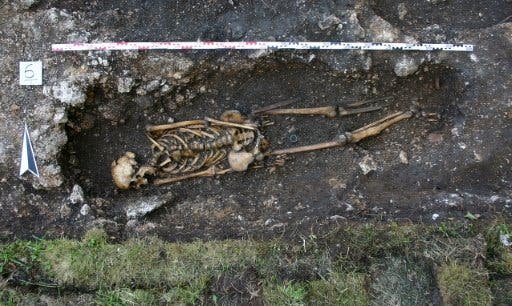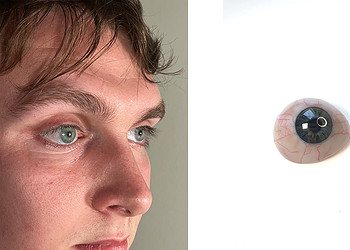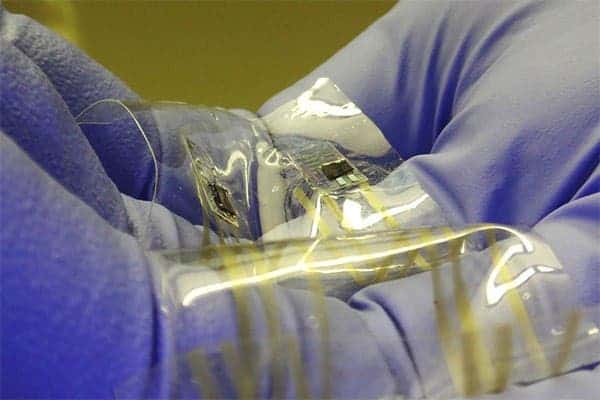Austrian archaeologists said on Thursday that they’ve uncovered Europe’s oldest prosthetic implant — a wooden foot dated from the sixth century AD.
The artifact was discovered in a grave at Hemmaberg, in southern Austria. When archaeologists unearthed the remains, they were surprised to find an iron ring and remnants of wood and leather where his left foot should have been.

Image via france24
“He appears to have got over the loss of his foot and lived for two more years at least with this implant, and walking pretty well,” Sabine Ladstaetter from the Austrian Archeological Institute (OeAI) told AFP.
The skeleton, believed to have been a high-ranking Frankish noble who died in the 6th century, was discovered in 2013. The man’s remains were found in a group of small graves, mostly children, and was buried with a sword and brooch.
“When I saw that they had this prosthesis, I thought, ‘OK, this is something special,”It is always a surprise to find something like this simply because it was so rare” said Michela Bender, a bioarchaeologist with the Austrian Archaeological Institute.
It’s only now that the “very, very surprising findings” about the foot have emerged, she added.
The wood of the prosthetic had deteriorated over the years and all that was left was an iron ring to keep the device in place, which was about three inches in diameter.
“The infection risk alone would have been extremely high, which shows how good the medical treatment was. And don’t forget this was at the edge of the civilized world in the sixth century,” Ladstaetter said.
Until pagan Slavs arrived in the 7th century, Hemmaberg was the most important Christian pilgrimage site north of the Alps containing six churches. It was rediscovered in the early 20th century.
“Losing a foot—and especially when it’s not cut through the joint but through the bone—would have lacerated a lot of blood vessels and caused an extensive amount of bleeding,” Binder said. “It would have very prone to infection.”
“This is probably another reason why we see so few prostheses or amputations. Most people simply died quite quickly afterwards. So, finding an injury like that healed and finding ways that allowed the person to function at that time period to me is always mind-blowing.”
The first prosthetic use archaeologists have unearthed was a wooden toe belonging to an Egyptian mummy. The earliest evidence of a leg prosthetic was found in a Roman grave in Italy’s Santa Maria di Capua from 300 BC.





